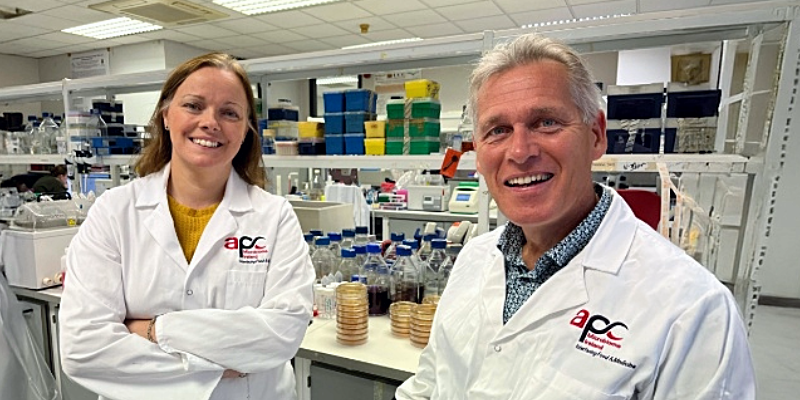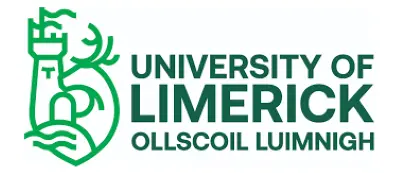News
The Great Phage Escape: Scientists Uncover How Bacteria Outsmart Viral Invaders

In a major advance for microbiology and industrial biotechnology, researchers have uncovered how bacteria activate a wide range of antiviral defences and how viruses in turn try to escape such defences.
The study, titled “The Great Phage Escape: Activating and Escaping Lactococcal Antiphage Systems,” offers critical new insights into the microscopic arms race between bacteria and their viral predators, known as bacteriophages or phages in short.
- Bacterial defence systems against phages are much more widespread, diverse and complex than previously thought.
- While many new systems have been identified, the mode of action of many of them remained elusive—until now.
- By studying how phages escape these defences, researchers have mapped the interactions between phages and 13 distinct antiphage systems. Their findings reveal both unique and overlapping mechanisms of action, culminating in the first functional insights into the novel defence system Audmula.
The research is a collaboration between APC Microbiome Ireland – a world leading Research Ireland Centre at University College Cork, dsm-firmenich – a leading innovator in nutrition, health, and beauty.
The findings, published in the Proceedings of the National Academy of Sciences (PNAS) USA, focus on 13 different antiphage systems found in lactococci—bacteria that have been used for millennia to make cheese. Researchers isolated 66 phage mutants that had successfully overcome these defences and used genome sequencing to identify how they slipped past the bacterial lines of defence. Their analysis revealed 15 mutated viral genes, some of which appear to interfere with bacterial defence activation, while others hint at common patterns in how different systems detect phage attack.
The research was co-funded through the Research Ireland Spoke programme and realised its objectives: Industry collaborations, filing of patents and creating a talent pipeline for industry – author, Dr. Andriana Grafakou, is now employed at dsm-firmenich.
“Over the past decade, we’ve discovered that bacteria have an arsenal of defence systems far beyond what we once imagined,” said senior author Prof. Douwe van Sinderen. “With this study, we’re finally beginning to understand how those defences function—and how viruses manage to evade them.”
Among the 13 defence systems studied, several were found to share activation mechanisms, including recognition of phage tail proteins. This suggests that some systems, although genetically distinct, converge on similar detection strategies.
One of the most compelling findings centres on Audmula, a previously mysterious antiphage system. The team discovered that it acts by modifying the bacterial cell wall thereby effectively trapping the virus inside the host cell and preventing infection of neighbouring bacteria. This marks a previously unknown method by which bacteria can resist phage attack.
“These findings deepen our understanding of bacterially encoded viral immunity and provide a new lens through which to view host-virus dynamics,” fellow senior author Prof Jennifer Mahony explained. “And in practical terms, this directly benefits industries that rely on bacteria, such as those producing cheese, yoghurt and probiotics, or even lead to new biomedical tools.”
The Great Phage Escape: Activating and Escaping Lactococcal Antiphage Systems is published by PNAS and is available to read online here






